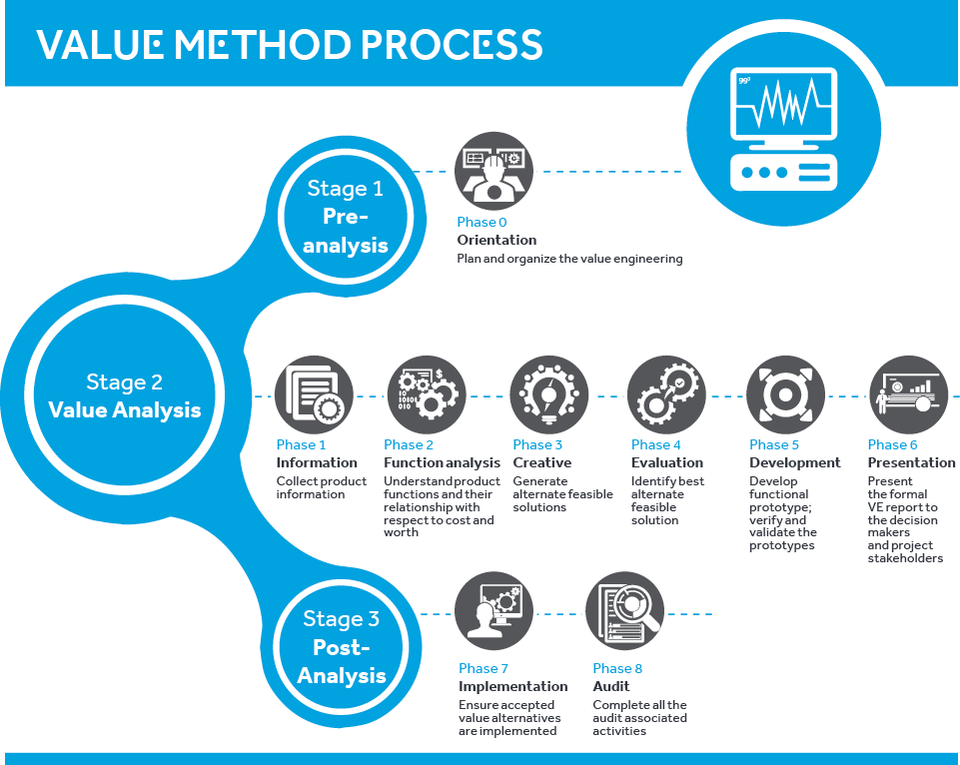Emerging Markets
Designing medical devices for emerging markets
Emerging and developing economies such as Brazil, Russia, India, China, Mexico, and Saudi Arabia represent significantly underserved markets for healthcare products and services, including medical devices. Brian Wyatt, global head of medical technology and healthcare at Cyient, explores key considerations for international device manufacturers looking to enter these markets.
The International Monetary Fund revealed that in 2016, emerging and developing economies accounted for almost 60% of global GDP. Countries such as Brazil, Russia, India, China, Mexico, and Saudi Arabia have also contributed more than 80% of global growth since the 2008 financial crisis.
If we combine the population of these countries, it accounts for the largest population in the world, at 4.37 billion. This represents a significantly underserved market for the medical industry.
If we look closer at the markets in these countries, it’s clear that they have a primarily upwardly-mobile, middle-tier population that demands cost-effective services and products. For example, despite a current recession in Brazil, LTE smartphone sales still grew 53% annually in 2016, according to Counterpoint Research. China, meanwhile, saw its fastest growth of smartphones in a year during Q3 2016, where 121 million units were sold.
Demand for improved healthcare services
Demand for better and price-sensitive healthcare in these emerging countries is on the rise. This trend has been fuelled by the growth of an aging population, the need for cost-effective healthcare, and high patient volumes.
Evidently, the healthcare industry is undergoing rapid changes and developments on a global scale. For example, the US consulting firm Strategy& (formerly Booz & Company), found that pharmaceutical sales doubled in emerging markets, such as the BRICS countries, between 2006 and 2011.
Emerging local companies focused on innovation are creating products with local materials at affordable prices, but there is still a huge potential for established global companies to capitalise on these developing markets. Building on their manufacturing expertise, medical device makers will need to rethink efficiencies and cost savings for a successful concept-to-market product cycle to enter these markets – they need to find new ways to meet local demands of technology, utility, and costs.
Finding opportunities in emerging markets
The only way to optimise innovation for emerging markets is to go back to the drawing board and undertake a detailed design review of the product range, look for opportunities to eliminate excess cost, and gain flexibility to sell profitably in price-sensitive markets.
This exercise involves some interesting challenges and needs to factor in the following: changing economies, currency fluctuations, growing competition, lack of understanding in terms of affordability, accessibility, and country-specific operational protocols, among others.
With this in mind, what do companies specialising in medical devices need to plan for? Experience has shown us that these are the top seven considerations for international device makers:
- Conduct product ideation with the aim of establishing suitability for new geographies and markets
- Gain understanding of the local technology landscape, local intellectual property (IP) regulations, and local industrial design concepts
- Build a multi-disciplinary team of local business consultants, industrial designers, and domain experts
- Develop tangible proof of concept that considers pricing and business models that work on the ground
- Understand government operations and procedural systems in order to plan and get permissions and regulation go-aheads for the devices
- Build manufacturing and integration capability
- Identify and freeze concept-to-market product cycle
Medical device makers can respond to these challenges through a systematic and focused procedural decision process called value engineering (VE). VE is a highly structured methodology that examines all aspects of design and function with the goal of identifying improvements in overall value.
Applying value engineering to medical devices
Synonymous with the terms value management, value methodology and value analysis (since it contains similar characteristics), VE is a professionally applied, function-oriented, systematic team approach used to analyse and improve value in a product, facility design, system or services.
VE is a powerful industry standard for solving problems and reducing costs while improving performance and quality requirements. At its core, VE uses rational logic, a step-by-step process of why and how questioning, and analysis of product functions and performance to identify relationships that may increase value.
Medical device makers can regain control over their costs by not only assessing these costs, but also systematically classifying and identifying them. The intent is to produce conclusions that identify the areas of possible optimisation and remove unnecessary expenditures through alternative solutions. Using a systematic approach to perform cost reduction not only yields improvement but provides decision-makers with rationalised trade-offs involved in achieving these efforts.
For the medical device industry, VE techniques can yield relatively quick results in product cost reduction while leaving as much of the core product the same to prevent the need for a 510(k)-premarket notification, CE Mark or other regulatory requalification.
While original equipment manufacturers may not have the required expertise and/or bandwidth to undertake this exercise, the following approach provides a structured way of tackling it:
Medical device makers can regain control over their costs by not only assessing these costs, but also systematically classifying and identifying them.

In the short term, the ROI associated with value engineering will continue to evolve on two parallel streams: overcoming intense margin pressure in established markets and developing products that are viable in underserved, price-sensitive emerging markets.
More and more, as medical devices developed for the emerging markets show equal or improved patient outcomes at significantly lower cost, the opportunity to disrupt more established markets will become much more prevalent.